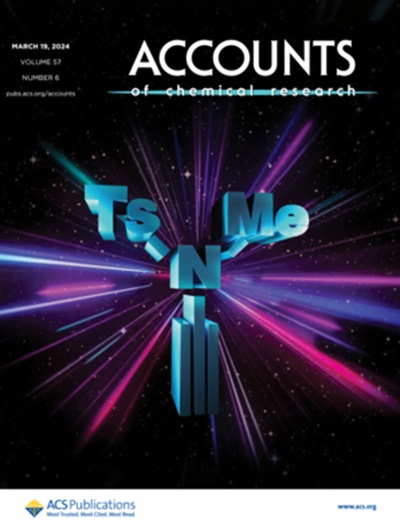Embedding numerical methods and MATLAB programming in a fluid mechanics course for undergraduates in engineering technology
IF 16.4
1区 化学
Q1 CHEMISTRY, MULTIDISCIPLINARY
引用次数: 0
Abstract
Undergraduate students in engineering technology are typically not required to take any courses on numerical methods or computational techniques and thus have little or no knowledge of many basic numerical approaches commonly used in engineering disciplines, such as root finding, curve fitting, numerical integration, and numerical differentiation. In addition, they are only required to take one introductory level programming course and thus usually experience difficulty when working on course projects involving extensive programming. However, the industry is demanding different skillsets than the ones that were expected just a decade ago. Numerical and programming skills are becoming increasingly important. In this case study, the effectiveness of embedding numerical methods and MATLAB programming in MMET 303 Fluid Mechanics and Power, a four-credit junior-level required course offered every semester for undergraduates at the Department of Engineering Technology and Industrial Distribution at Texas A&M University, was assessed. A series of learning modules were purposefully designed and implemented as a trial test in the classes offered in the semester of Fall 2023. Instructor's observation, submitted assignments, and survey results were analyzed. The results suggested that embedding numerical methods and associated MATLAB programming into a required course enhanced students’ analytical skills of tackling practical problems, helping them become better prepared as they move on into the industrial companies or the graduate schools.在工程技术专业本科生的流体力学课程中嵌入数值方法和 MATLAB 编程
工程技术专业的本科生通常不需要学习任何有关数值方法或计算技术的课程,因此对 工程学科中常用的许多基本数值方法知之甚少或一无所知,例如求根、曲线拟合、数值积分 和数值微分。此外,他们只被要求学习一门入门级的编程课程,因此在进行涉及大量编程的课程项目时通常会遇到困难。然而,行业对技能组合的要求与十年前不同。数字和编程技能正变得越来越重要。在本案例研究中,我们评估了在 MMET 303 流体力学与动力课程中嵌入数值方法和 MATLAB 编程的效果,该课程是德克萨斯农工大学工程技术与工业分配系每学期为本科生开设的一门初级必修课程,共四个学分。我们有目的地设计了一系列学习模块,并在 2023 年秋季学期的课堂上进行了试用。对教师的观察、提交的作业和调查结果进行了分析。结果表明,在必修课程中嵌入数值方法和相关的 MATLAB 编程可以提高学生处理实际问题的分析能力,帮助他们为进入工业企业或研究生院做好更充分的准备。
本文章由计算机程序翻译,如有差异,请以英文原文为准。
求助全文
约1分钟内获得全文
求助全文
来源期刊

Accounts of Chemical Research
化学-化学综合
CiteScore
31.40
自引率
1.10%
发文量
312
审稿时长
2 months
期刊介绍:
Accounts of Chemical Research presents short, concise and critical articles offering easy-to-read overviews of basic research and applications in all areas of chemistry and biochemistry. These short reviews focus on research from the author’s own laboratory and are designed to teach the reader about a research project. In addition, Accounts of Chemical Research publishes commentaries that give an informed opinion on a current research problem. Special Issues online are devoted to a single topic of unusual activity and significance.
Accounts of Chemical Research replaces the traditional article abstract with an article "Conspectus." These entries synopsize the research affording the reader a closer look at the content and significance of an article. Through this provision of a more detailed description of the article contents, the Conspectus enhances the article's discoverability by search engines and the exposure for the research.
 求助内容:
求助内容: 应助结果提醒方式:
应助结果提醒方式:


